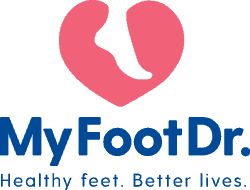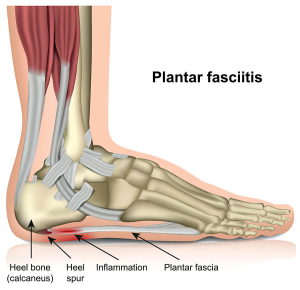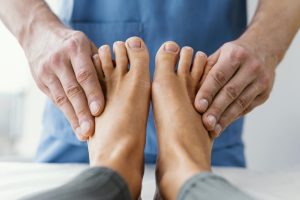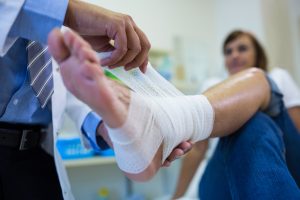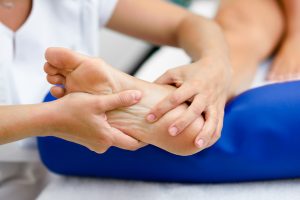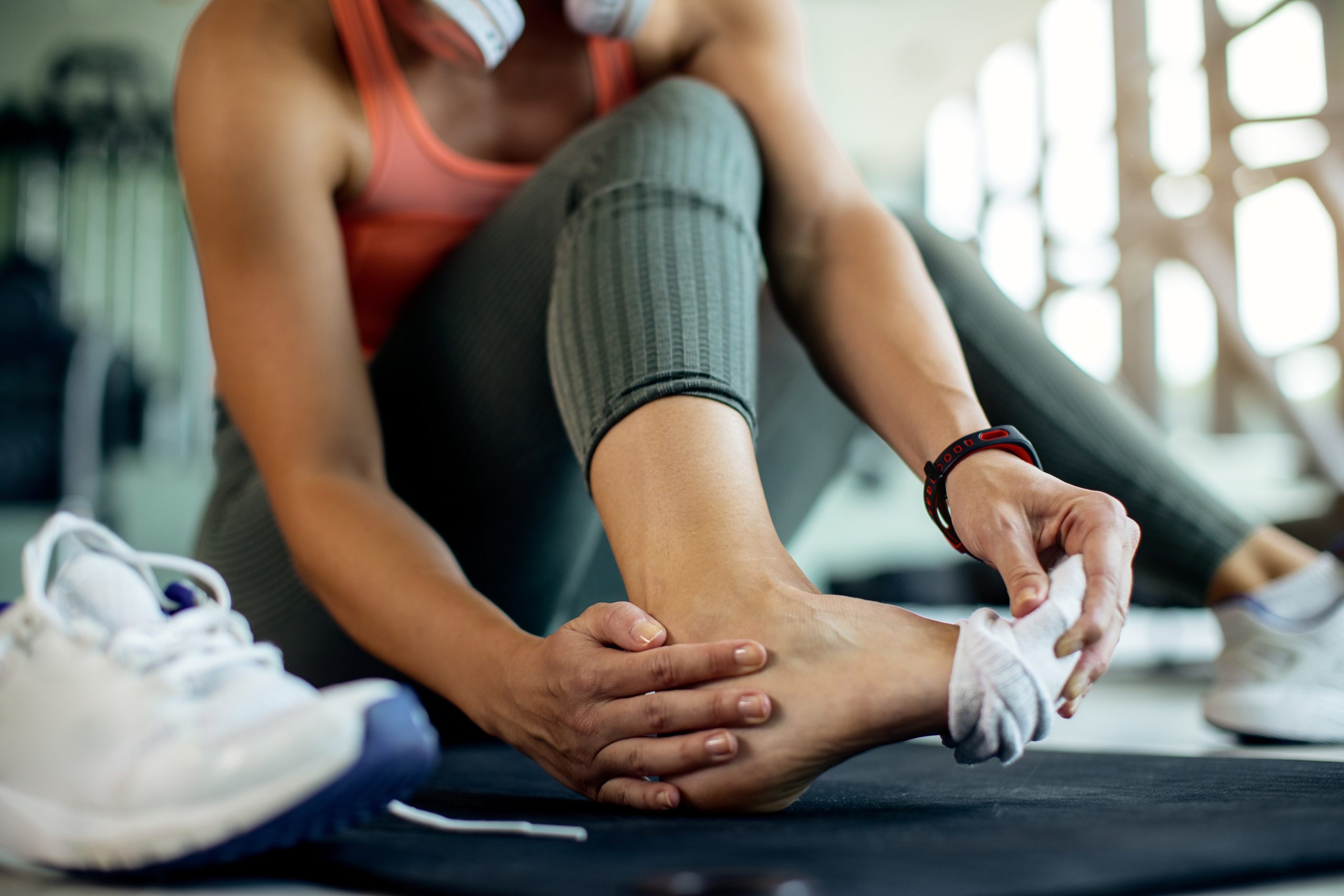
Overcoming Foot and Ankle Injuries: A Comprehensive Road to Recovery
Foot and ankle injuries are a common hurdle, affecting people of all ages and walks of life. These injuries, varying in cause and severity, necessitate a nuanced and comprehensive approach for effective recovery and prevention. In this article, we delve into the multifaceted aspects of foot and ankle injuries, shedding light on the anatomy, causes, diagnosis, treatment modalities, and preventive strategies, aiming to provide valuable insights and pathways towards healing, resilience, and well-being.
1. Anatomy of Foot and Ankle Injuries
1.1 Understanding the Basics
The foot and ankle form a complex system of interconnected bones, ligaments, muscles, and tendons, working in unison to provide mobility and support. Common injuries include sprains, strains, fractures, plantar fasciitis, and Achilles tendinitis, each presenting its own unique challenges and necessitating specialized treatment approaches.
Understanding the intricacies of the anatomy and biomechanics of the foot and ankle is crucial for both accurate diagnosis and effective treatment. It lays the foundation for recognizing injury patterns, identifying risk factors, and formulating targeted interventions.
1.2 Causes and Risk Factors
Foot and ankle injuries can result from a myriad of causes, ranging from accidental missteps and uneven surfaces to inadequate footwear and pre-existing medical conditions. According to a study published in the NCBI, acute foot and ankle injuries are prevalent in sports, underscoring the importance of awareness and risk mitigation (1).
Environmental factors, individual anatomical variations, and lifestyle choices all contribute to the susceptibility to injuries. Recognizing and addressing these elements is instrumental in both injury prevention and the development of tailored treatment plans.
2. Diagnosing Foot and Ankle Injuries
2.1 Clinical Assessment
An accurate diagnosis is pivotal in the management of foot and ankle injuries. This process involves a thorough clinical assessment, including a detailed medical history, physical examination, and, when necessary, advanced imaging studies such as X-rays or MRIs.
The American Academy of Orthopaedic Surgeons, through OrthoInfo, offers a wealth of information on the diagnostic process, helping patients and practitioners navigate through the various stages of clinical evaluation and formulate appropriate conditioning programs for rehabilitation (2).
2.2 Importance of Accurate Diagnosis
A precise diagnosis is not only integral for guiding therapeutic approaches but also vital in ensuring that interventions address the root cause of the injury. This accuracy is crucial in optimizing recovery outcomes, minimizing the risk of complications, and preventing the recurrence of injuries.
3. Treatment Modalities
3.1 Conservative Management
Conservative management strategies, such as the RICE protocol (Rest, Ice, Compression, Elevation), medication, and rehabilitation, are often the initial steps in treating foot and ankle injuries. A study by Terada et al. emphasizes the significance of therapeutic interventions in improving ankle dorsiflexion after a sprain, illustrating the pivotal role of rehabilitation in the recovery journey (3).
3.2 Surgical Intervention
In cases of severe injuries or when conservative measures are insufficient, surgical intervention may become necessary. Surgical procedures are tailored to the specific injury and are aimed at repairing damaged structures, correcting deformities, and restoring optimal function.
4. The Role of Podiatric Intervention/Rehabilitation
4.1 Personalized Rehabilitation Plans
Podiatry is the cornerstone of recovery from foot and ankle injuries. It involves the development of personalized rehabilitation plans that address individual needs and goals. The systematic review by Medeiros and Martini highlights the impact of various stretching techniques on ankle dorsiflexion, showcasing the importance of tailored exercise regimes in enhancing mobility and promoting healing (4).
4.2 Education and Empowerment
Education and empowerment form a critical aspect of Podiatry. By equipping patients with knowledge about their injuries, treatment options, and preventive measures, they become active participants in their recovery journey. Resources from the American Orthopaedic Foot and Ankle Society provide valuable educational content, fostering informed decision-making and self-efficacy (5).
5. Preventive Strategies and Lifestyle Modifications
5.1 Footwear and Ergonomics
Choosing the right footwear is paramount in warding off potential foot and ankle injuries. Imagine walking on uneven terrain with unsupportive shoes; the instability could lead to twists, sprains, or even fractures. The American Orthopaedic Foot and Ankle Society provides comprehensive guidance on selecting footwear that offers adequate support, cushioning, and fit (5). These considerations are vital, as ill-fitting or worn-out shoes can alter the distribution of weight across your foot, leading to discomfort and potential injuries.
Ergonomics, or the study of people’s efficiency in their working environment, extends to how we position and use our feet and ankles daily. Maintaining proper foot posture, altering sitting positions periodically, and avoiding prolonged stress on specific foot and ankle areas are essential practices. Integrating ergonomically designed furniture and practicing mindful walking can significantly reduce the risk of foot and ankle strain.
5.2 Exercise and Conditioning
Engaging in regular exercises and conditioning activities is like building a fortress around your feet and ankles. Research by Chiu and Dæhlin highlights the importance of targeted exercises in optimizing foot and ankle mechanics. These exercises help in fortifying the muscles, ligaments, and tendons surrounding the foot and ankle, enhancing stability and resilience against injuries.
Structured conditioning programs can also promote balance and coordination, crucial elements in preventing missteps and falls. Simple yet effective exercises, such as toe taps, heel raises, and ankle circles, can be incorporated into daily routines. These exercises not only strengthen the foot and ankle but also enhance flexibility and range of motion, contributing to overall foot health.
5.3 Mindfulness and Body Awareness
Paying attention to how you move can be a game-changer. Being mindful of each step, avoiding rushing, and being cautious on uneven surfaces can prevent unnecessary stress on the feet and ankles. Mindfulness extends to listening to your body; if you experience pain or discomfort, it’s your body’s way of signaling that something isn’t right. Addressing these signals promptly can prevent minor issues from escalating into significant problems.
Body awareness involves understanding the limits of your body and avoiding movements or activities that can strain your feet and ankles. For example, if you’re an avid runner, being conscious of your running technique and the terrain can help in minimizing the risk of injuries. Alternating between high-impact and low-impact activities is also a practical approach to give your feet and ankles the rest they need.
5.4 Nutritional Considerations
What you eat can significantly influence the health of your feet and ankles. A balanced diet rich in calcium and vitamin D is essential for maintaining bone strength, while anti-inflammatory foods like fatty fish, berries, and turmeric can help in managing inflammation and promote healing. Staying hydrated is equally important, as it contributes to the overall health of the cells and tissues in your feet and ankles.
Avoiding excessive intake of processed foods, sugars, and alcohol can prevent inflammation and contribute to maintaining a healthy weight, reducing the load on your feet and ankles. Consulting with a nutritionist or a healthcare professional can help you tailor a diet that supports your individual needs and lifestyle.
5.5 Rest and Regular Check-ups
Balancing activity with adequate rest is like giving your feet and ankles a well-deserved vacation. Rest allows the structures in your feet and ankles to recover and rejuvenate, reducing the risk of overuse injuries. If you’ve had a particularly active day or if you’re feeling discomfort, elevating your feet and applying a cold compress can provide relief.
Regular check-ups with a healthcare professional or a physiotherapist can help in identifying potential issues before they become problematic. These check-ups are an opportunity to discuss any concerns, get advice on preventive strategies, and ensure that you’re on the right track towards maintaining foot and ankle health.
6. Success Stories and Real-Life Examples
6.1 Inspiration from Athletes
Stories of athletes overcoming foot and ankle injuries serve as a source of inspiration and motivation. These individuals exemplify determination, adherence to rehabilitation protocols, and a positive mindset, showcasing the potential for recovery and return to peak performance.
6.2 Everyday Heroes
Everyday individuals, through their persistence and adaptation to lifestyle modifications, prove that recovery is achievable for everyone. Their stories underscore the universal applicability of rehabilitation principles and the potential for overcoming challenges and regaining mobility.
7. The Journey to Recovery
The journey to recovery from foot and ankle injuries is marked by perseverance, education, and celebrating small victories. Embracing each step of the process, staying informed, and implementing preventive strategies are vital for achieving successful outcomes. Patients, healthcare providers, and podiatrists all play a significant role in collaboratively working towards holistic well-being.
Navigating through the complexities of foot and ankle injuries can be daunting, but with comprehensive knowledge, personalized treatment, and a proactive approach, individuals can overcome these challenges. The journey to recovery is one of empowerment, resilience, and a return to harmonious movement. By understanding the multifaceted nature of these injuries and adopting preventive measures, individuals can stride confidently towards a future of optimal health and well-being.
References
- Acute foot and ankle injuries and time return to sport https://www.ncbi.nlm.nih.gov/pmc/articles/PMC8051311/
- American Academy of Orthopaedic Surgeons: OrthoInfo. Foot and ankle conditioning program.
- Terada M, Pietrosimone BG, Gribble PA. Therapeutic interventions for increasing ankle dorsiflexion after ankle sprain: a systematic review. J Athl Train. 2013;48(5):696-709. doi:10.4085/1062-6050-48.4.11
- Medeiros DM, Martini TF. Chronic effect of different types of stretching on ankle dorsiflexion range of motion: Systematic review and meta-analysis. Foot (Edinb). 2018;34:28-35. doi:10.1016/j.foot.2017.09.006
- American Orthopaedic Foot and Ankle Society. Foot flexibility exercises.
